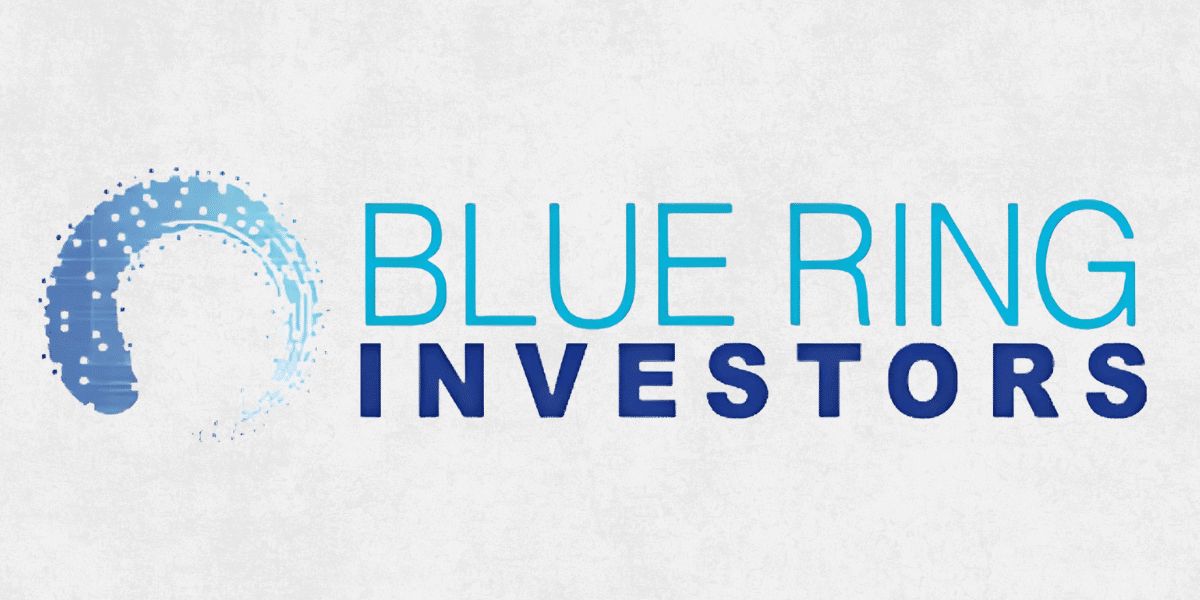Navigating the maze of real estate investment strategies can be challenging. 1031 exchanges are a powerful tool for savvy investors. This IRS-approved strategy allows you to reinvest sales proceeds from one property into another ‘like-kind’ property without immediate tax liability, possibly preserving your capital for further growth opportunities. The 1031 exchange is a strategic move that may offer opportunities to maximize financial possibilities in the real estate market.
Understanding 1031 Exchanges
The 1031 exchange is a valuable tool for investors looking to defer capital gains taxes on the sale of investment real estate. However, to maximize the benefits, it’s crucial to understand this process fully.
Section 1031 of the Internal Revenue Code dates back to 1921. It was adopted into law to permit taxpayers to defer the recognition of taxable gains on the disposition of assets used in business or for investment.
Under the law, an investor can defer taxes on capital gains and depreciation recapture at the time a real property investment is sold if the net equity from the sale is reinvested into a similar property of the same or greater value within a specified time frame. Similar property is broadly defined to include many types of investment real estate, such as rental homes, multifamily apartment buildings, commercial buildings, medical properties, Delaware Statutory Trust properties, and Triple Net Leased (NNN) properties.
Instead of selling a property, paying taxes on the profits, and buying another property, a 1031 exchange allows you to roll the funds into a new property purchase. This deferral of taxes may help investors keep their capital working for them, potentially enhancing their portfolio without the immediate tax hit.
“The process is not just a simple swap, though,” says Chay Lapin. “It requires planning and precise execution, requiring a qualified intermediary to handle the funds.”
The IRS sets the rules surrounding 1031 exchanges, ensuring the process is fair but strictly regulated.
One of the important things to remember is how the IRS defines a “like-kind” property. Like-kind doesn’t mean you must exchange one apartment complex for another; considerable flexibility exists. For instance, you can sell an apartment complex and purchase a retail building, you can sell a retail building and purchase an industrial building, you can sell an industrial building and purchase raw land, etc. However, you can’t exchange a piece of real property for a business, for example. It’s also worth noting that a 1031 exchange can only involve property held for investment, not personal use, and to maximize the benefits of a 1031 exchange, the replacement property should be of equal or greater value than the relinquished property.
What’s often forgotten in the lead-up to an investment property’s sale is how quickly the 1031 clock starts. After that sale, you have 45 days to choose to identify a property with your qualified intermediary (the escrow-like company that holds your exchange proceeds after you sell your relinquished property). From there, you must close on that property within 180 days of the sale to qualify for the 1031 benefits.
Investors are always encouraged to obtain the guidance of their CPA and attorney to ensure compliance with all 1031 rules and regulations. Without adherence to these guidelines, one might end up with an unwanted tax bill.
Understanding the Role of Qualified Intermediaries
When considering a 1031 exchange, understanding the role of a Qualified Intermediary (QI) is crucial. The QI acts as a middleman, guiding you through the process for a smooth 1031 exchange transaction. Their role is to ensure you follow IRS 1031 guidelines.
The IRS requires a QI to maintain the integrity of the exchange and ensure all rules are strictly followed. They handle essential tasks like preparing the Exchange Agreement and holding the sale proceeds until you’re ready to purchase the replacement property, preventing you from inadvertently nullifying the exchange by controlling the funds.
Choosing a trustworthy, experienced QI is key. Look for someone with a solid reputation and proven track record. Verify their credentials and bond status to safeguard your exchange from potential pitfalls.
“A Qualified Intermediary (QI) is required in the process and holds the proceeds from the sale until they are used to buy the replacement property. They ensure all paperwork is completed correctly and on time, minimizing the risk of mistakes,” says Chay Lapin.

Photo: Unsplash.com
What Types of Properties Can I Use for My 1031 Exchange?
We’ve already discussed the need to exchange your investment property for a like-kind property. However, you can choose many different options to execute a 1031 exchange.
The obvious is trading one property that you actively manage for another. An example might be that you sell a duplex and purchase a commercial building. In that instance, you’re maintaining your role as landlord, which includes repairing issues, dealing with individual tenants, property management, asset and property level accounting, and processing rent.
We sometimes refer to these responsibilities as the “Three T’s: Tenants, Toilets, and Trash.”
A slightly more passive approach is to exchange into a triple-net property. In this case, you’re leasing your property to a tenant who often agrees to pay the majority of expenses associated with the property, which typically include taxes, insurance, and maintenance. Many investors love having CVS, Walgreens, Advance Auto Parts, FedEx, Starbucks, or Dunkin’ Donuts as tenants paying them rent each month.
However, in this situation, the investor is still an active landlord. That means you are still responsible for all of a property’s many needs — including often coordinating and paying for repairs, paying property tax bills, and processing invoices. The difference from a standard lease is that you often bill the tenant for those expenses and are now tasked with tracking down the tenant and getting them to reimburse you. For an investor to think that the triple net property option is passive is wishful thinking.
In addition, many 1031 exchange investors are uncomfortable placing a large portion of their net worth into a single NNN property. The age-old adage of avoiding putting all your eggs in one basket hits home regarding real estate investing.
Delaware Statutory Trusts (DSTs) are potentially a good option for investors looking for a fully passive exchange option. A DST is an entity that holds title to a piece of real estate, and investors may choose to buy in for a minimum investment amount. DSTs are used by investors to build a diversified portfolio for their 1031 exchanges whereby they can, for example, exchange equity from the sale to purchase multiple DSTs in equal increments.
The investor may choose to buy a portion of the equity in a DST that owns a long-term net leased FedEx building, a portion of the equity in a DST that owns a long-term net leased Amazon building, a portion of the equity in a debt-free multifamily DST apartment building, a portion of the equity in a DST that owns multiple multifamily units across different locations, and lastly, a portion of the equity in a DST that owns a long-term net lease industrial property. It is important to note that diversification may help reduce risks but does not guarantee profits or protection against losses.
Additionally, the trust’s sponsor is the property’s asset manager, which involves handling reimbursements from tenants and daily needs, repairing issues, processing rent and invoices, etc. This may give investors a more passive approach to their 1031 exchange and a change in lifestyle from the active duties of property management. DSTs are also a great backup plan to keep in mind due to the 1031 exchange’s tight timeframe. Because the trust already owns the properties, transactions can often be completed within a few days.
Kay Properties helps investors choose 1031 exchange investments that help them focus on what they truly love in life, whether their children, grandkids, travel, hobbies, or other endeavors (NO MORE 3 T’s – Tenants, Toilet, and Trash!). We have helped 1031 exchange investors for nearly two decades exchange into over 9,100 – 1031 exchange investments. Please visit www.kpi1031.com for access to our team’s experience, educational library, and our 1031 exchange investment options menu.
Disclaimer: This material is not tax or legal advice. Please consult your CPA/attorney for guidance. Past performance does not guarantee or indicate the likelihood of future results. Diversification may help reduce risks but does not guarantee returns and does not protect against loss. Potential cash flow, potential returns, and potential appreciation are not guaranteed. There is a risk of loss of the entire investment principal. Please read the Private Placement Memorandum (PPM) for the offerings’ business plan and risk factors before investing—securities are offered through FNEX Capital LLC, member FINRA, SIPC.
Published By: Aize Perez












